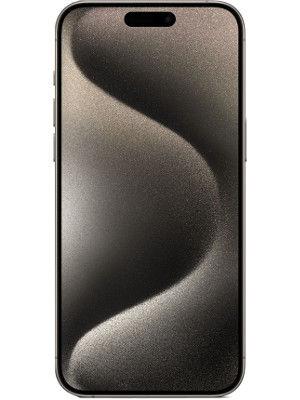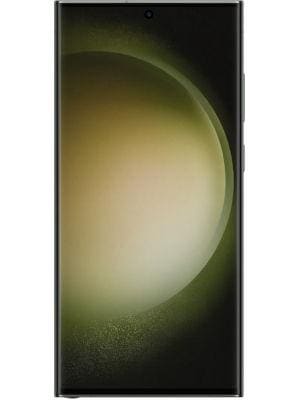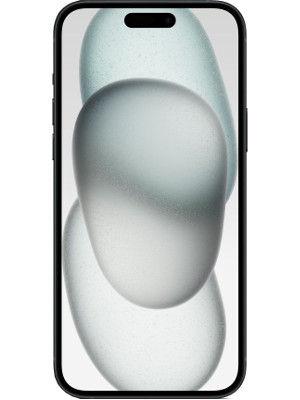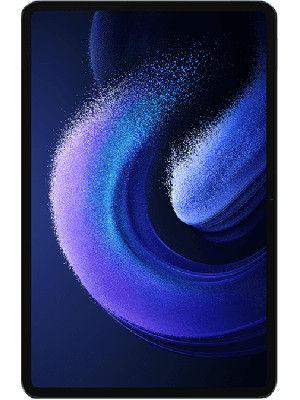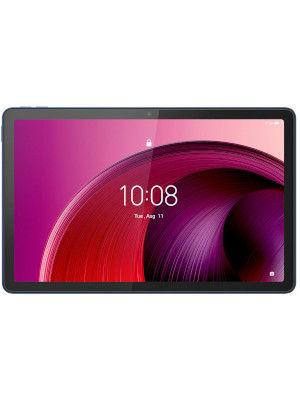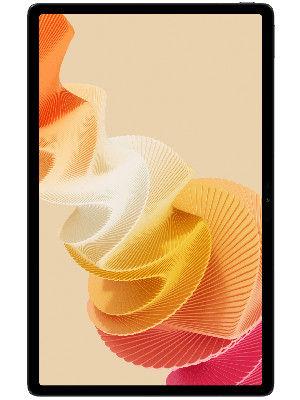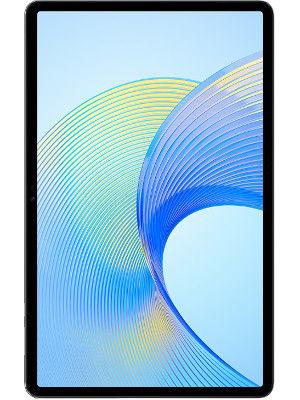ESA's Hera mission to unveil Asteroid core secrets
ESA's Hera mission is set to introduce a game-changing mini-radar to explore the inner depths of an asteroid, unlocking valuable insights for planetary defense and scientific exploration.
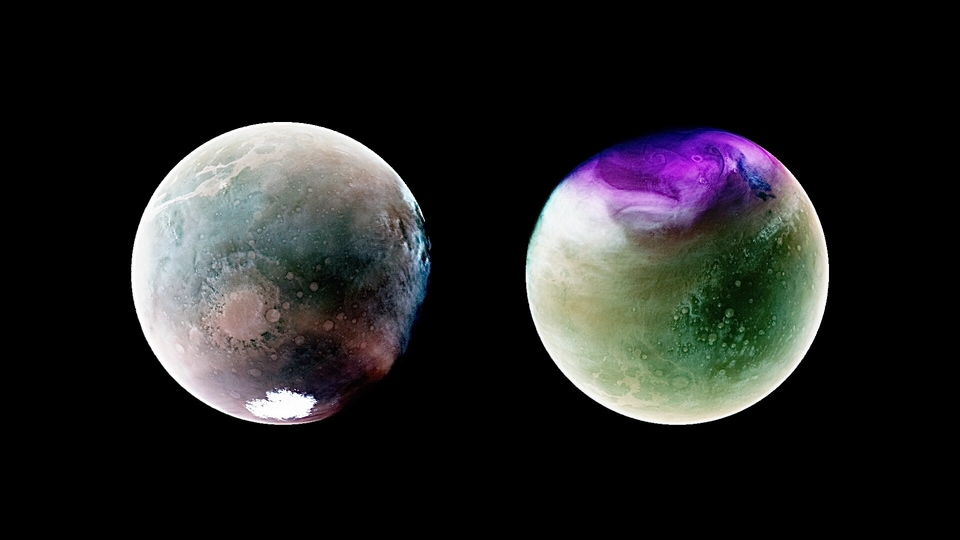
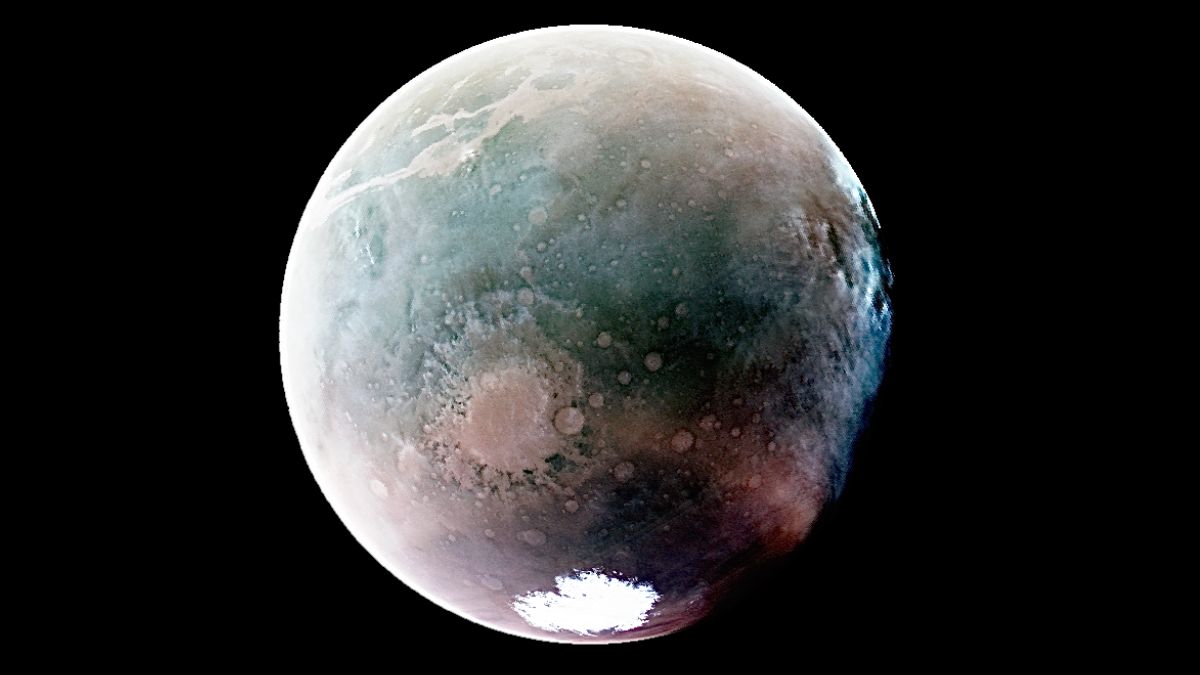
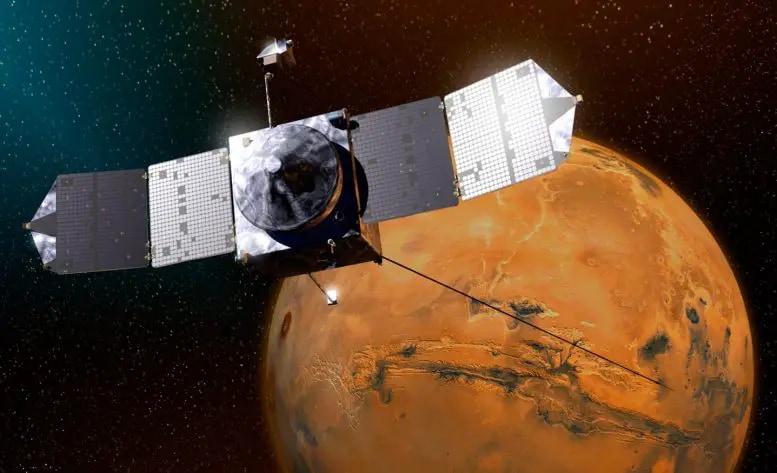

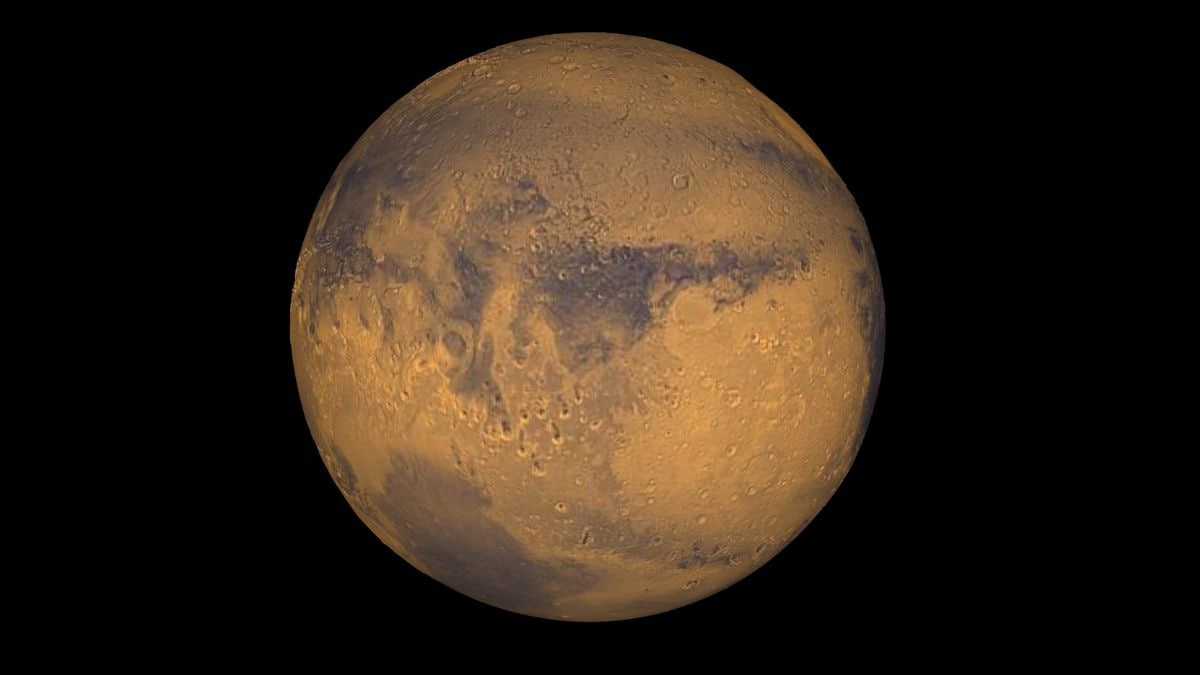
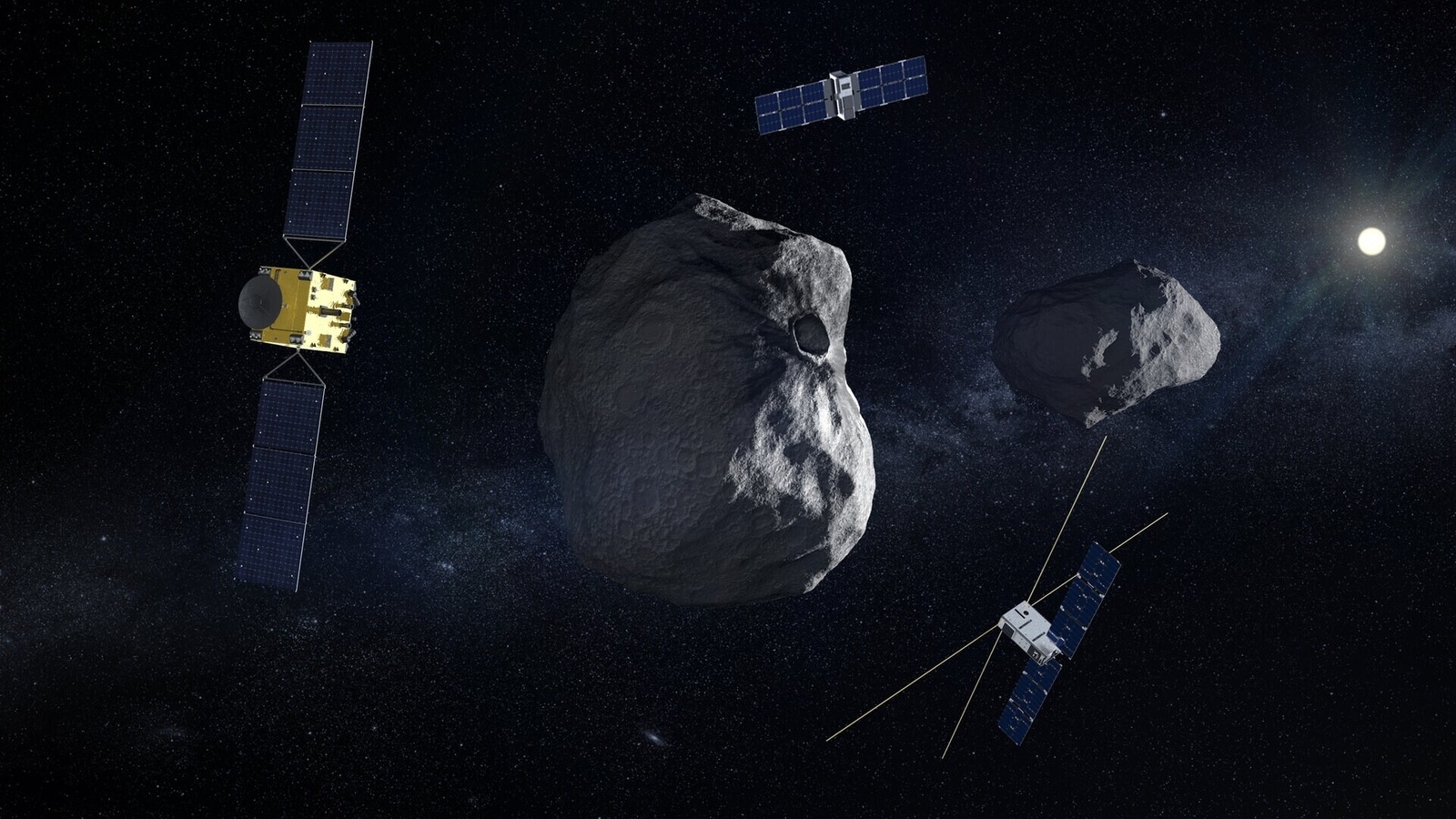
 View all Images
View all ImagesThe European Space Agency (ESA) has received a remarkable addition to its Hera mission – a mini-radar designed to fit on the Juventas CubeSat. This small radar is set to accomplish an unprecedented feat: capture images of an asteroid's interior. The primary target is Asteroid Dimorphos, an asteroid roughly the size of the Great Pyramid, whose orbit was significantly altered by NASA's DART spacecraft last year, when a spacecraft was crashed into it.
Alain Herique, the lead investigator from the Institut de Planetologie et d'Astrophysique de Grenoble (IPAG) at the University Grenoble Alpes, expressed his enthusiasm about the delivery, marking a crucial milestone in the project. Although the radar has been handed over, the team's work is far from finished. The next steps involve integrating the radar with the CubeSat and ensuring its optimal performance in space.
Challenges and Preparations
Space beyond Earth's orbit is filled with high-energy particles that can damage electronics. Due to this challenge, the mini-radar's components had to undergo rigorous radiation testing before being deemed space-ready. The radar, known as JuRa, is a compact instrument developed by a Luxembourg-based company called EmTroniX, known for its innovative designs in "New Space" missions.
Innovative Design for a Unique Mission
JuRa's radar design is based on a similar radar flown on ESA's Rosetta mission, which explored the depths of comet 67P/Churyumov–Gerasimenko. What sets JuRa apart is its adaptability to the specific circumstances of Dimorphos. Juventas CubeSat will be orbiting the asteroid at a slow pace, allowing JuRa to transmit signals repeatedly to enhance the quality of the data it gathers.
Scheduled for launch in 2024, the Juventas CubeSat will embark on the Hera mission to the Didymos binary asteroid system. This mission will enable JuRa to achieve the groundbreaking task of sounding inside an asteroid. The radar will penetrate up to 100 meters into Dimorphos, unraveling its secrets layer by layer.
The team behind JuRa is already considering the radar's potential applications beyond Dimorphos. Collaborations with other space agencies are being explored, and there's even talk of using JuRa to study the Apophis asteroid during its Earth flyby in 2029.
In a few years, thanks to the efforts of dedicated scientists and engineers, a diminutive radar system will provide us with unparalleled insights into the heart of an asteroid. JuRa's journey will not only expand our understanding of asteroids but also contribute to planetary defense strategies for the safety of our home planet.
Catch all the Latest Tech News, Mobile News, Laptop News, Gaming news, Wearables News , How To News, also keep up with us on Whatsapp channel,Twitter, Facebook, Google News, and Instagram. For our latest videos, subscribe to our YouTube channel.

